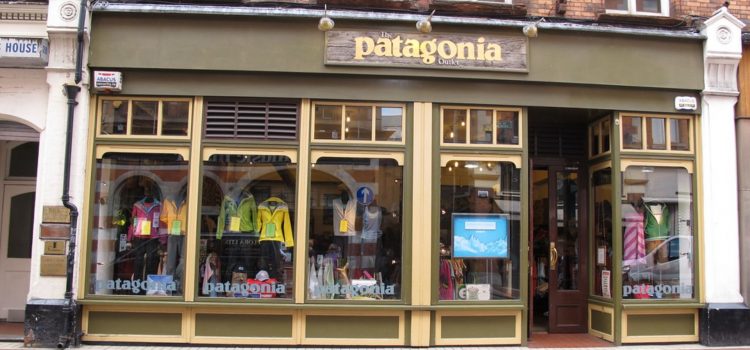
What are Patagonia’s best innovation practices? What makes Patagonia stand out from other outdoor apparel companies?
After launching Patagonia, Yvon Chouinard quickly discovered that running an apparel business wasn’t the same as making climbing equipment. The company quickly had to pull together creative strategies that would help it succeed.
Keep reading to learn more about Patagonia’s innovation strategies.
Patagonia’s Obstacles
The young company encountered problems with a garment factory they had contracted with, resulting in late shipments and a large stock of low-quality products. Because of this and a lack of innovation, Patagonia struggled to make enough money to stay in business.
(Shortform note: To avoid issues such as the ones Patagonia faced, many business experts recommend using a SWOT (strengths, weaknesses, opportunities, and threats) analysis to assess the current state of your company before taking any major action. To perform this analysis, identify the internal strengths and weaknesses of your company (for example, financial and human resources) and external opportunities and threats (for example, in Patagonia’s case, relationships with manufacturers). Then create strategies that leverage your strengths and opportunities to overcome those potential weaknesses and threats.)
These early obstacles left Yvon Chouinard with a realization: For Patagonia to succeed, he needed to become a real businessman. This was a hard pill to swallow—he saw how consumerism and unsustainable business practices had led to the deterioration of the natural world and felt conflicted about assuming a role in the industry. To resolve the dissonance between his values and the role he needed to adopt, Chouinard decided to only conduct his business according to his values and his commitment to the environment.
(Shortform note: Research supports Chouinard’s wariness about the role business plays in environmental destruction: Experts argue that if businesses don’t reduce their emissions, global temperatures may increase by 4 degrees Celsius by the end of the century, resulting in large-scale species extinction and food scarcity risks. One of the biggest obstacles to reducing this impact is the conflict between short-term profits and the need to reduce emissions. Thus, for companies to effectively implement environmentally sustainable practices and reduce their impact on climate change, they must leave behind a purely profit-driven mindset and do business according to other meaningful values.)
Two Innovations
After studying business books and securing credit with a bank, Patagonia focused on two strategies to separate its products from those of competitors. These innovations revolutionized the outdoor clothing industry and contributed to the company’s rapid growth and popularity.
First, instead of sticking to dull natural tones featured by most outdoor apparel available at the time, Patagonia embraced eye-catching and vivid colors like teal and mango.
Second, while much of the outdoor community still used traditional fabrics like cotton and wool, Patagonia focused on developing new technical fabrics engineered to withstand outdoor environments, experimenting with materials like synthetic pile, polypropylene, and polyester to better insulate and wick moisture. The company then continued to look for ways to improve and to produce higher quality, more functional products.
| Creating a Blue Ocean With Value Innovation In Blue Ocean Strategy, authors W. Chan Kim and Renée Mauborgne argue that, to create a successful business, you must reinvent a product to be so unique and superior that it essentially creates a new market, outperforming competition completely (so that you swim in a metaphorical “blue ocean” that’s empty of competitors). They refer to this as value innovation. Patagonia implemented value innovation with the two changes it made to its clothing products: By introducing bright colors, it created products that stood out from competitors. Then, by pioneering high-tech fabrics with better functionality and comfort, it created products of superior quality. By moving away from traditional colors and fabrics, they were then able to operate in a new, unchallenged market space—instead of fighting in a “red ocean” filled with similar products (and the metaphorical blood of competitors fighting each other). |






